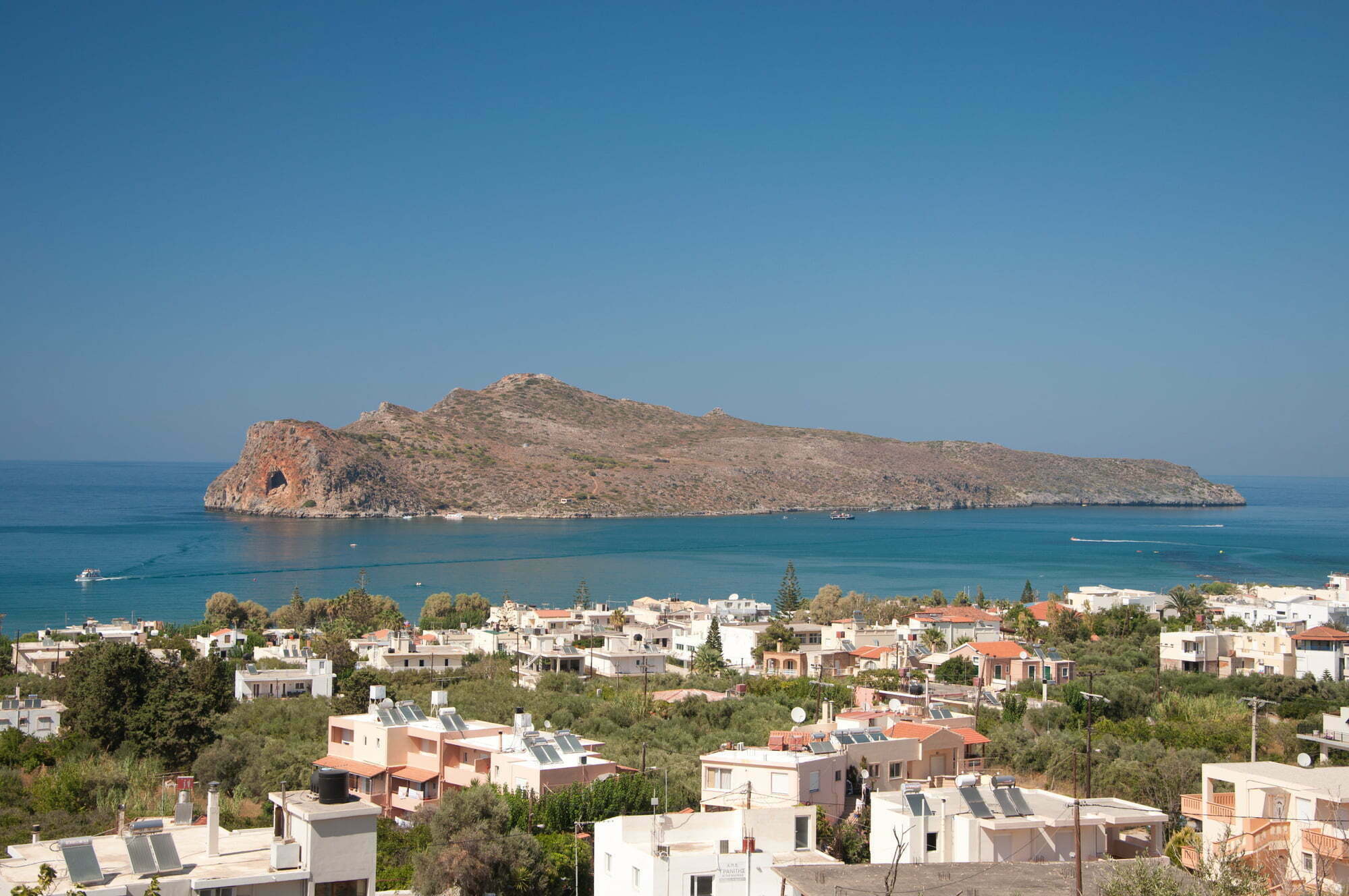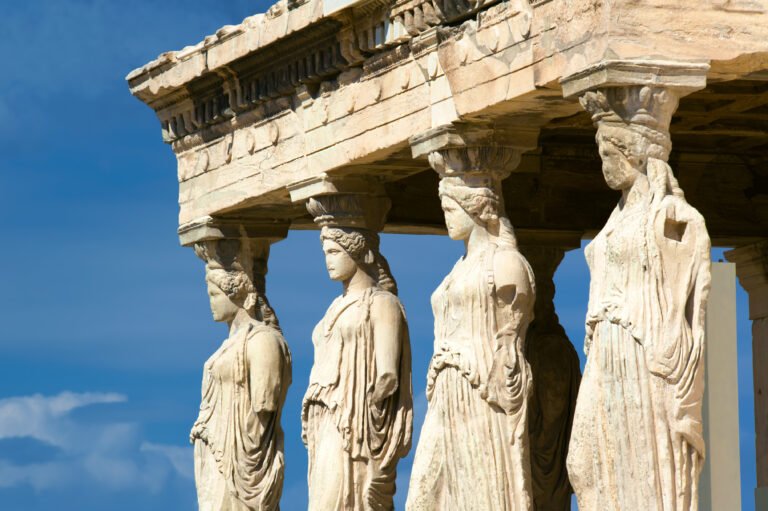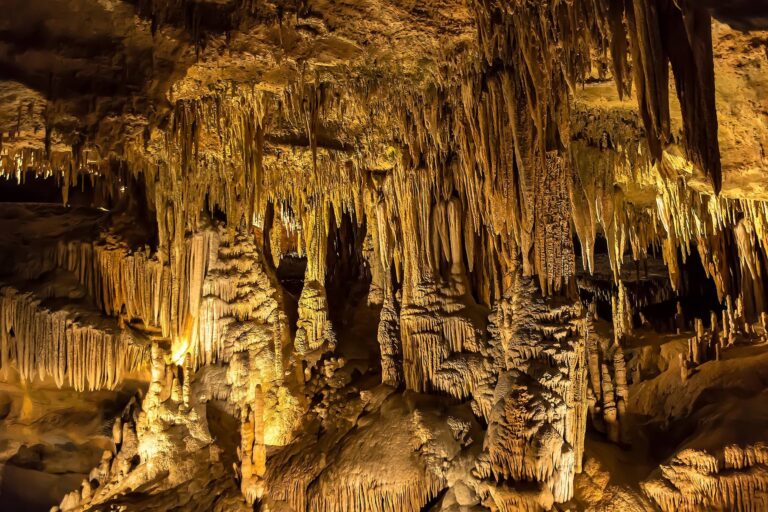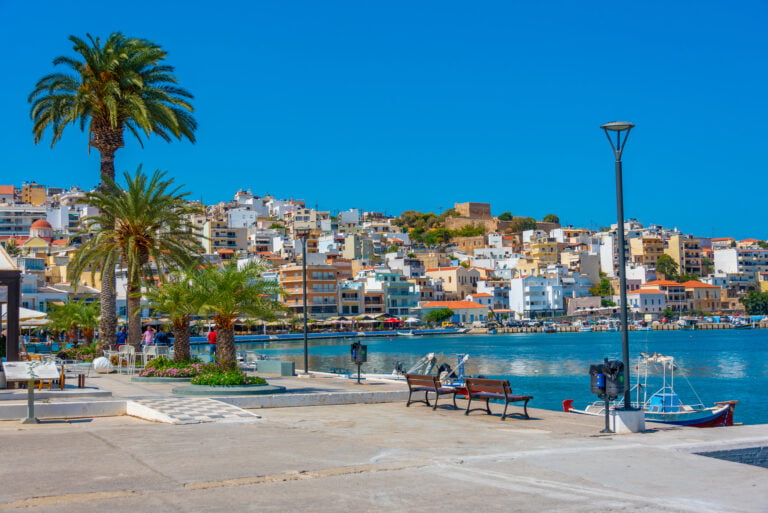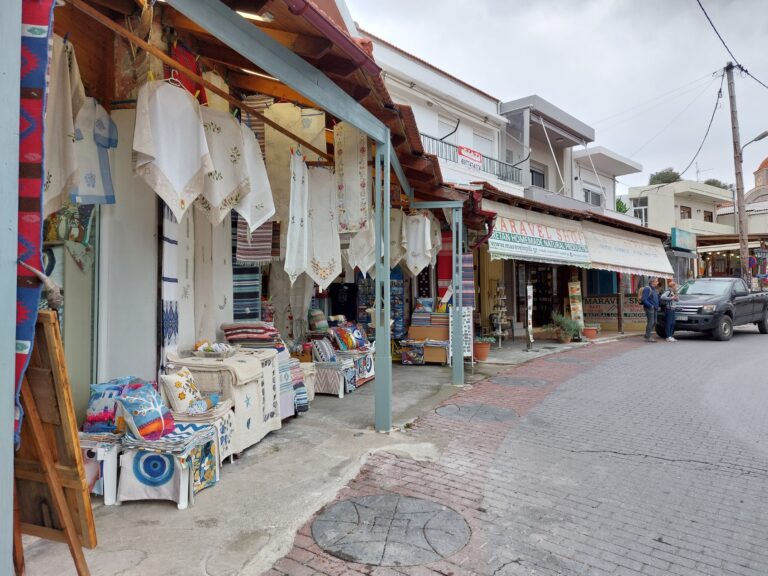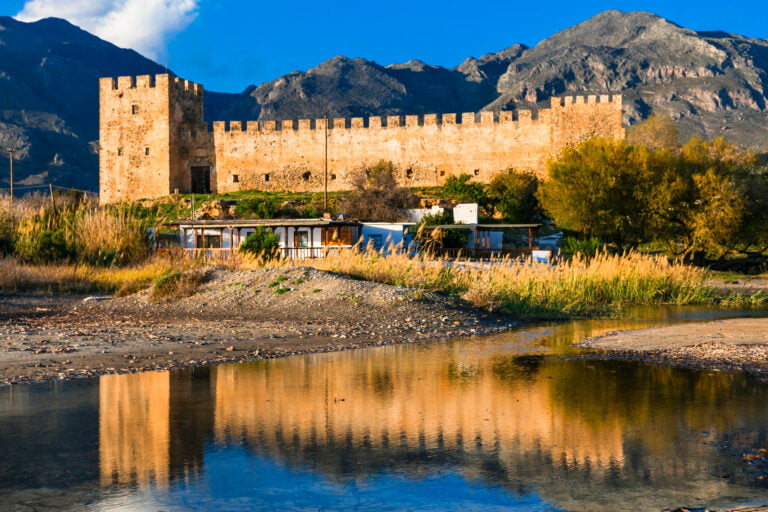Agia Marina: A Glamorous Gem Near Chania
Agia Marina is a charming village situated just 9 kilometres west of Chania, the second-largest city on the island of Crete. Known for its stunning beaches, vibrant nightlife, and rich history, Agia Marina is a destination that offers something for everyone. This article aims to provide an in-depth look at this fascinating locale, exploring its history, natural beauty, cultural significance, and modern amenities.
Ancient Roots
Agia Marina’s history is deeply intertwined with that of Crete itself. While the village is less ancient than some other Cretan locales, it has roots in the Minoan civilisation, which thrived on the island from approximately 2700 to 1420 BCE. Archaeological findings suggest that Agia Marina was once a small fishing and agricultural community.
Byzantine and Venetian Eras
The Byzantine and Venetian periods left a significant impact on Agia Marina. The name “Agia Marina” is derived from the Greek Orthodox Church dedicated to Saint Marina, built during the Byzantine era. The Venetians, who ruled Crete from 1205 to 1669, also contributed to the architectural landscape, as evidenced by some Venetian-style buildings and fortifications.

The Post-War Transformation: Infrastructure and Its Impact on Agia Marina
The end of World War II marked a significant turning point for many regions around the world, and Agia Marina was no exception. Like much of Crete, the village had endured the hardships of occupation and conflict. However, the post-war era ushered in a reconstruction and development period that would transform Agia Marina from a quiet, primarily agricultural community into a bustling tourist destination.
Roads and Transportation
One of the most critical developments was the improvement of road networks connecting Agia Marina to Chania and other parts of Crete. Before the war, the village was relatively isolated, accessible only through rudimentary roads that were often impassable during winter. The construction of well-paved roads facilitated more effortless movement, not just for the locals but also for tourists. This connectivity played a pivotal role in opening up Agia Marina to the rest of the island and beyond, making it a convenient destination for travellers.
Utilities and Public Services
The post-war period also saw significant upgrades in utilities and public services. Electricity and running water, once luxuries, became more widespread. These basic amenities were crucial in improving the quality of life for the local population. They made the area more attractive for long-term development, including establishing hotels, restaurants, and other tourist-oriented businesses.
Tourism Infrastructure
As the decades rolled on, especially from the 1960s onwards, there was a concerted effort to develop tourism-specific infrastructure. Hotels started to sprout along the coastline, ranging from modest family-run establishments to luxurious resorts. Beach facilities were enhanced with the introduction of sunbeds, umbrellas, and water sports centres. These developments made Agia Marina not just a place to visit but a destination where tourists could enjoy a variety of activities and comforts.
Ports and Marine Facilities
The development wasn’t limited to the land. Agia Marina also saw improvements in its marine infrastructure. Small piers and docking facilities were built to accommodate fishing boats and recreational vessels. This boosted the local fishing industry and nautical tourism, further diversifying the village’s appeal.
Modern Amenities and Services
As tourism grew, so did the need for modern amenities and services. The village saw the opening of various establishments like cafes, bars, and shops selling local crafts and produce. Health services, including clinics and pharmacies, were established, ensuring the well-being of both residents and visitors. Public spaces were beautified, and recreational facilities like parks and playgrounds were developed, making Agia Marina more family-friendly.
Cultural and Recreational Spaces
Recognising the importance of cultural heritage, local authorities and private entrepreneurs invested in creating cultural centres, museums, and galleries that showcased the history and traditions of Agia Marina and Crete. This not only enriched the local community but also offered an educational aspect to the tourist experience.
In summary, the development of infrastructure after World War II was a catalyst that transformed Agia Marina in multiple dimensions. It wasn’t just about laying down roads or putting up buildings; it was about creating an ecosystem that could sustain and enrich the local community and the growing number of visitors. This holistic development has been instrumental in shaping Agia Marina into its multifaceted destination today, successfully blending the old with the new and the natural with the man-made.

Beaches
Agia Marina is highly acclaimed for its pristine beaches, which consistently rank among Crete’s most exquisite shorelines. The village’s main beach is a captivating expanse that stretches for several kilometres, featuring golden sand that glistens under the Mediterranean sun. This sandy haven is bordered by the azure, crystal-clear waters of the Aegean Sea, making it an idyllic setting for relaxation and aquatic adventures.
What sets this beach apart is its meticulous organisation and the range of amenities it offers. Visitors can find an array of comfortable sunbeds strategically placed to provide the best views of the sea, along with large, adjustable umbrellas that provide ample shade, ensuring a leisurely day at the beach.
Nearby cafes or hotels usually manage these facilities. Some offer waiter service right to your sunbed, allowing you to enjoy refreshments without leaving your spot.
For those looking for more active pursuits, the beach is also a hub for water sports and recreational activities. Local operators offer various options, from jet-skiing and windsurfing to paddleboarding and snorkelling. For the more adventurous, there are even opportunities for paragliding and scuba diving, providing different perspectives of Agia Marina’s natural beauty.
Moreover, the water quality at Agia Marina’s main beach is regularly monitored and has consistently met the European Union’s stringent standards for cleanliness and safety, making it an ideal spot for swimming and wading, even for families with young children.
In summary, Agia Marina’s main beach is not just a stretch of sand; it’s a well-curated experience that offers a blend of natural beauty, comfort, and recreational opportunities, making it one of the must-visit coastal destinations in Crete.
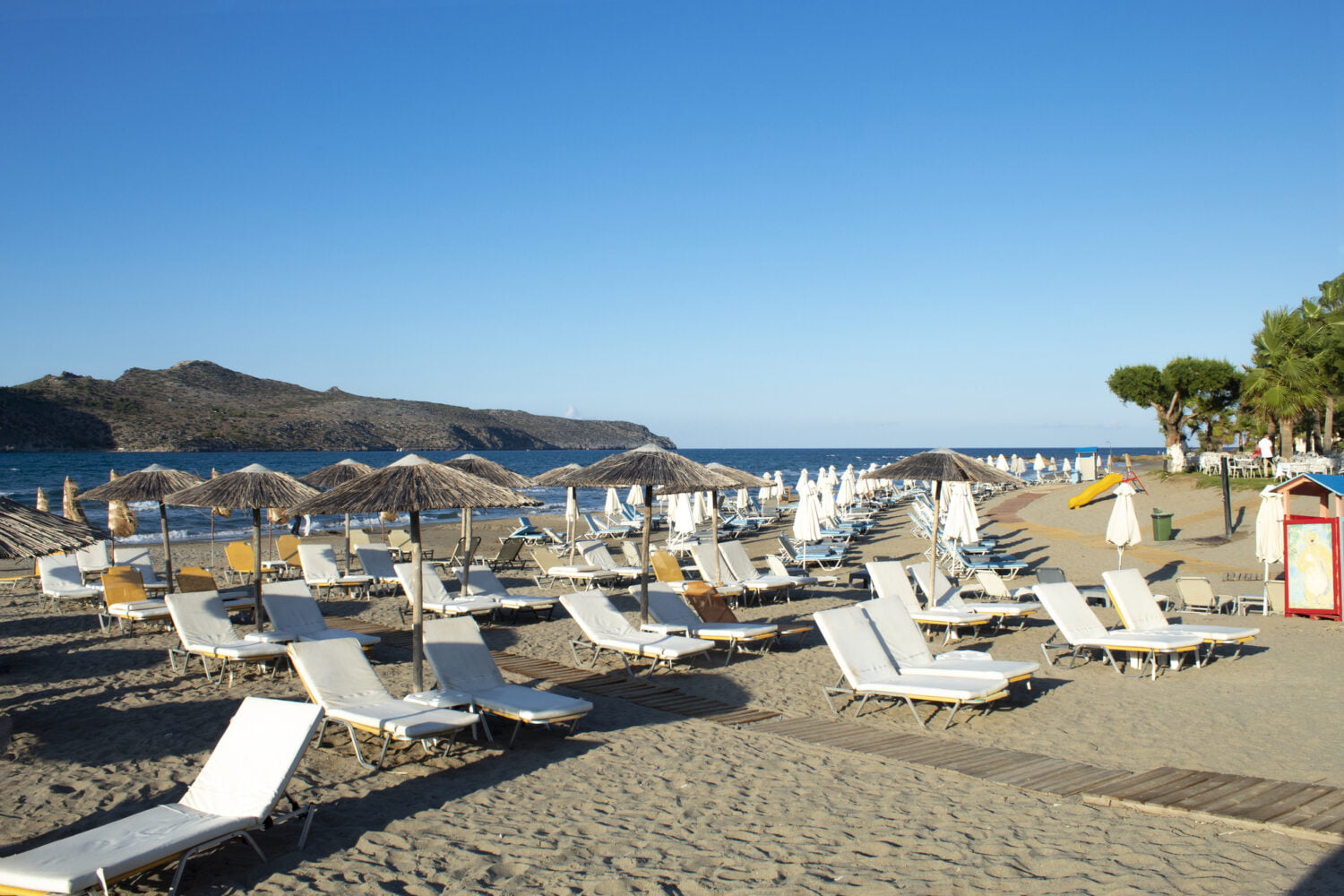
Flora and Fauna
The surrounding area is rich in biodiversity, featuring olive groves, pine forests, and a variety of local flora and fauna. The region is also home to several endemic species, making it a hotspot for nature enthusiasts.
Religious Importance
The Church of Agia Marina is a namesake and a significant religious landmark. Every year on July 17th, a grand feast is held in honour of Saint Marina, attracting pilgrims and tourists alike.
Local Festivals
Agia Marina hosts several local festivals and events throughout the year, celebrating everything from religious occasions to seasonal harvests. These festivals offer a glimpse into the rich cultural tapestry of the area.
Water Parks and Adventure Sports
Agia Marina offers adventure sports for those seeking thrills, including jet-skiing, paragliding, and scuba diving. The nearby water parks also provide a fun-filled day for families.
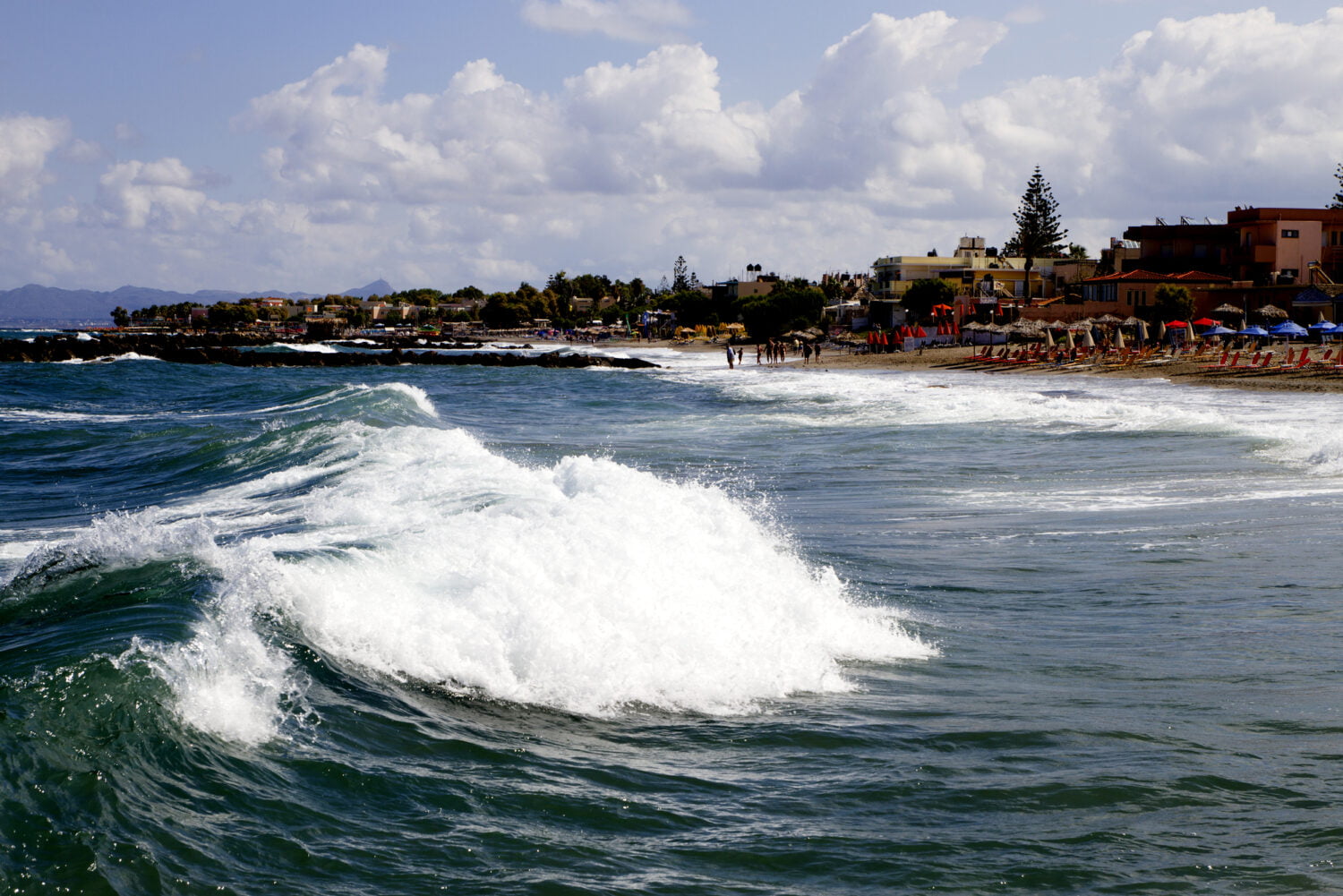
Historical Sites
While Agia Marina may have few ancient ruins, its proximity to Chania offers easy access to many historical sites, including the Old Venetian Harbor and the Archaeological Museum of Chania.
Accommodation
Agia Marina offers a wide range of accommodation options, from luxury resorts to budget-friendly hotels. Many establishments provide stunning sea views and modern amenities like swimming pools, spas, and gyms.
Dining and Nightlife
Agia Marina is home to numerous restaurants, cafes, and bars, offering a variety of culinary experiences. The nightlife is vibrant, with several beach bars and clubs open until the early hours.
Conclusion
Agia Marina is a multifaceted destination that blends the old with the new. Its rich history, stunning natural landscapes, and modern amenities make it a must-visit spot for anyone travelling to Crete. Whether you’re a history buff, a nature lover, or simply looking to relax and unwind, Agia Marina has something to offer.
From its humble beginnings as a small fishing village to its current status as a bustling tourist hub, Agia Marina exemplifies the enduring allure of Crete. Its proximity to Chania further enhances its appeal, making it a convenient base for exploring the broader region. Agia Marina is not just a destination but an experience that encapsulates the essence of Cretan hospitality, culture, and beauty.
Table of Contents
Views: 135

